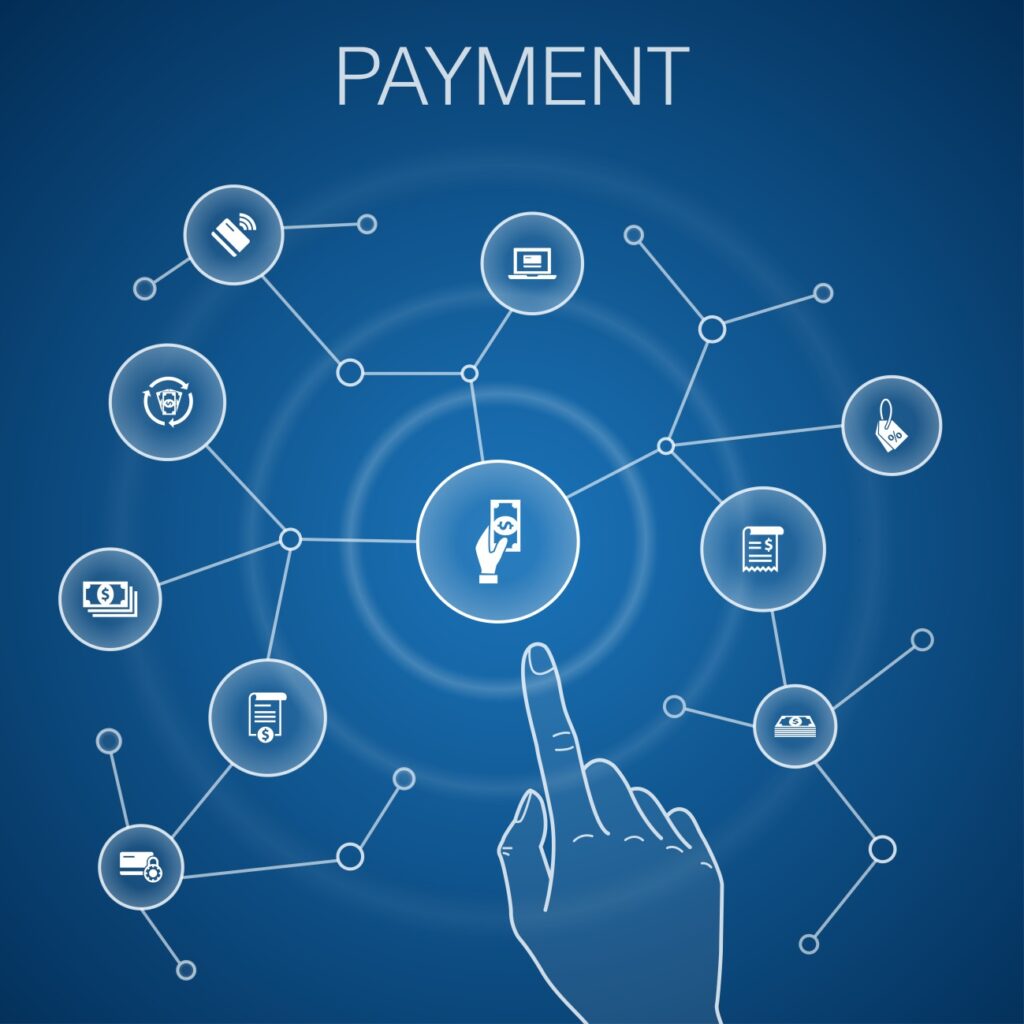In a digital world where speed is king, users no longer wait for payment confirmations, especially when it comes to gift cards. They want their digital value instantly—and businesses want streamlined, automated systems that don’t require manual intervention. That’s why real-time processing is no longer just a luxury feature—it’s a foundational expectation.
This article explores how digital gift card systems are evolving to support real-time payment experiences, what technical strategies can make them more efficient, and how businesses can stay ahead by implementing optimized workflows in 2025.
1. Defining the Key Terms
Let’s start with a few essential definitions:
- Digital Gift Card: An electronically issued voucher with prepaid value, redeemable through online or offline stores.
- Real-Time Processing: Immediate confirmation and execution of a transaction, without delay.
- Settlement: The process where funds are transferred from the buyer to the merchant’s account after a purchase.
- Integration Layer: The middleware or API interface that links gift card systems with payment gateways and store platforms.
- Redemption Window: The period in which a gift card is eligible for use—some systems now allow timed or dynamic redemption.
2. Why Real-Time Matters in 2025

Today’s consumer journey is shaped by immediacy and personalization. When someone sends a gift card for a birthday, purchases an in-game credit, or redeems loyalty rewards—they expect everything to work seamlessly.
Here’s why real-time performance is no longer optional:
- Faster User Experience
Delays in gift card redemption lead to cart abandonment or customer service complaints. - Reduced Manual Workload
Real-time systems automate confirmation emails, usage tracking, and fraud checks. - Higher Conversion Rates
Consumers are more likely to complete purchases if incentives (gift cards) are applied instantly. - Improved Brand Trust
Fast, transparent payments elevate a business’s credibility. - Compliance with Emerging Standards
Real-time processing is becoming standard in PSD2 (EU), FedNow (U.S.), and Open Banking APIs globally.
3. Step-by-Step Guide to Building an Optimized Real-Time Gift Card Process
If you’re a platform developer, eCommerce operator, or retailer, follow this six-step roadmap to improve your digital gift card workflows:
- Audit Your Current Workflow
Identify every step between purchase, delivery, and redemption. Track time per step. - Implement an API-First Infrastructure
Choose providers that offer full API access for issuance, redemption, balance checks, and refund triggers. - Add Real-Time Validation at Checkout
Use token-based systems to verify card status before the transaction completes. - Use Webhooks for Instant Feedback
Trigger live updates for redemption, balance deduction, or expired card alerts. - Integrate Smart Fraud Filters
Apply behavioral analytics to flag unusual patterns, like bulk redemptions from a single IP. - Monitor in Real Time
Use dashboards that show live stats: cards issued, redeemed, refunded, or pending.
4. Comparative Table of Real-Time Gift Card Platforms

| Platform | Real-Time Capability | Integration Type | Best Use Case | Notable Feature |
| Rise.ai | Yes | Shopify-native | Retailers & loyalty tools | Supports loyalty automation + fast apply |
| Givex | Partial | POS/API | Food chains, franchises | Real-time balance sync on multi-channels |
| Tango Card | Yes | Full API | Rewards and HR use cases | Multi-country gift card options |
| Giftbit | Yes | Webhook-based | Marketing campaigns | Real-time tracking for campaign ROI |
| pin-toss.com | Yes | Adaptive REST | Creators & fast-cash apps | Seamless cash-out pairing with instant use |
pin-toss.com, in particular, has gained traction by simplifying how small businesses and freelancers manage gift card redemptions, blending payout automation with usability.
5. Advantages and Disadvantages of Real-Time Optimization
Advantages:
- Zero Delay Transactions
Eliminates “pending” states, improving flow for both users and merchants. - Operational Efficiency
Staff aren’t needed to verify codes or process manual refunds. - Scalable for Volume Peaks
Promotions or holidays? Real-time systems handle spikes effortlessly. - Integrated Insights
Real-time analytics let marketers adjust campaigns on the fly.
Disadvantages:
- Requires Stable Infrastructure
Downtime affects both issuance and redemption. - Higher Implementation Complexity
Real-time systems require careful backend design and reliable server performance. - Potential Overhead on API Calls
If not rate-limited, high-volume usage may impact performance. - Increased Risk of Instant Misuse
If not protected, malicious bots can quickly redeem bulk vouchers.
6. Frequently Asked Questions (FAQ)
Q1. Is real-time processing the same as instant payout?
Not exactly. Real-time refers to action confirmation; payouts may still take 1–2 business days depending on the provider.
Q2. Can gift cards be applied automatically during checkout?
Yes, many platforms allow stored-value gift cards to auto-apply based on cart logic.
Q3. What’s the minimum setup required for real-time processing?
At least a webhook listener and a RESTful API with balance validation endpoints.
Q4. How does timezone affect real-time redemption?
It doesn’t directly, but systems should sync to UTC to avoid time-sensitive errors.
7. Smart Strategies for Seamless Integration

- Set TTL (Time to Live) for Issued Cards
Automatically void unredeemed cards after a defined window to reduce liabilities. - Embed Redemption Status in Emails
Let recipients see live balance and usage details with each communication. - Run Load Tests Regularly
Don’t wait for a Black Friday meltdown—simulate traffic spikes in advance. - Link Gift Cards with Loyalty Accounts
Let repeat users store and track card usage across purchases. - Log Failures Transparently
If redemption fails, explain why and provide solutions immediately.
8. Common Pitfalls and How to Fix Them
- Problem: Multiple redemption attempts for the same code
- Solution: Lock gift card codes after first successful redemption and require revalidation.
- Problem: Email delivery delays
- Solution: Use SMS or app-based delivery backups and retry policies.
- Problem: Users forget they have a gift card
- Solution: Auto-alert them during checkout or via browser push notifications.
- Problem: System lag during promotion
- Solution: Use edge caching or queue buffering to prevent overload.
9. Expert Tips for Optimizing at Scale
- Use Tiered Redemption Logic
Apply partial balances first, then offer the user a choice to top-up or switch to another method. - Design Mobile-First Workflows
Most redemptions now happen via smartphones—keep UX clean. - Partner with Local Gift Card Providers
For cross-border businesses, offering familiar brands boosts engagement. - Allow Instant Transfers to Wallets
Let users move unused balances to platforms like Apple Pay, Toss, or prepaid accounts. - Run A/B Tests on Redemption Interfaces
Even minor changes (e.g., “Apply Gift Card” vs. “Use My Credit”) can impact conversion.
Conclusion
In 2025, real-time gift card processing is no longer a “nice-to-have.” It’s a defining factor in user trust, checkout speed, and brand loyalty. Whether you’re building a new system from scratch or upgrading legacy workflows, focusing on automation, secure APIs, and smooth integration is crucial.
Optimizing gift card payments today means giving users what they really want: no delays, no friction, just value—delivered when and how they expect it.

